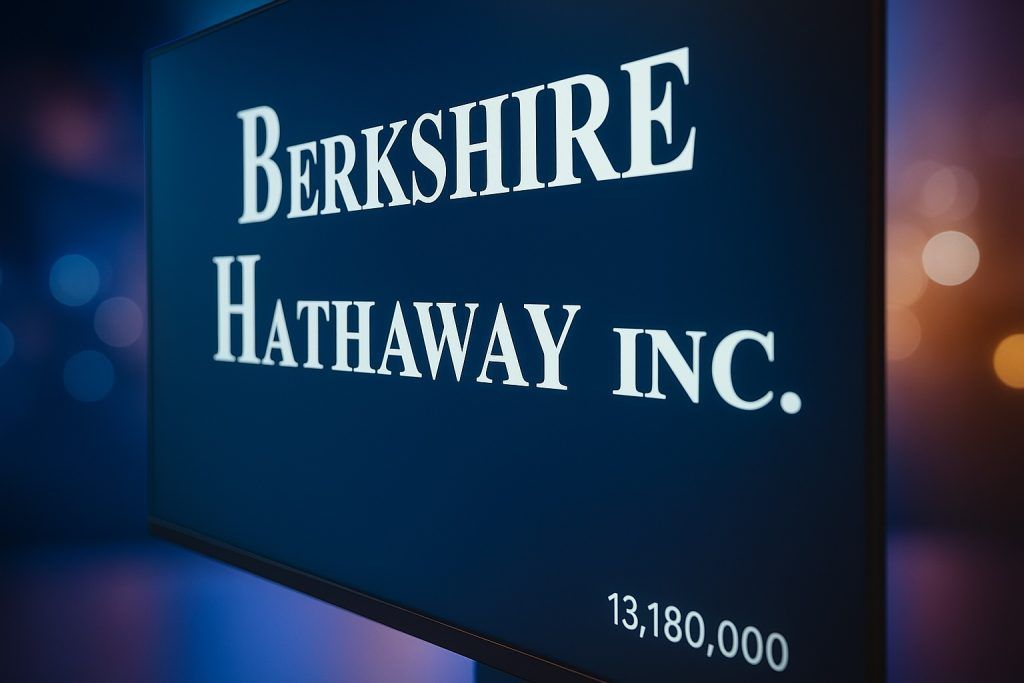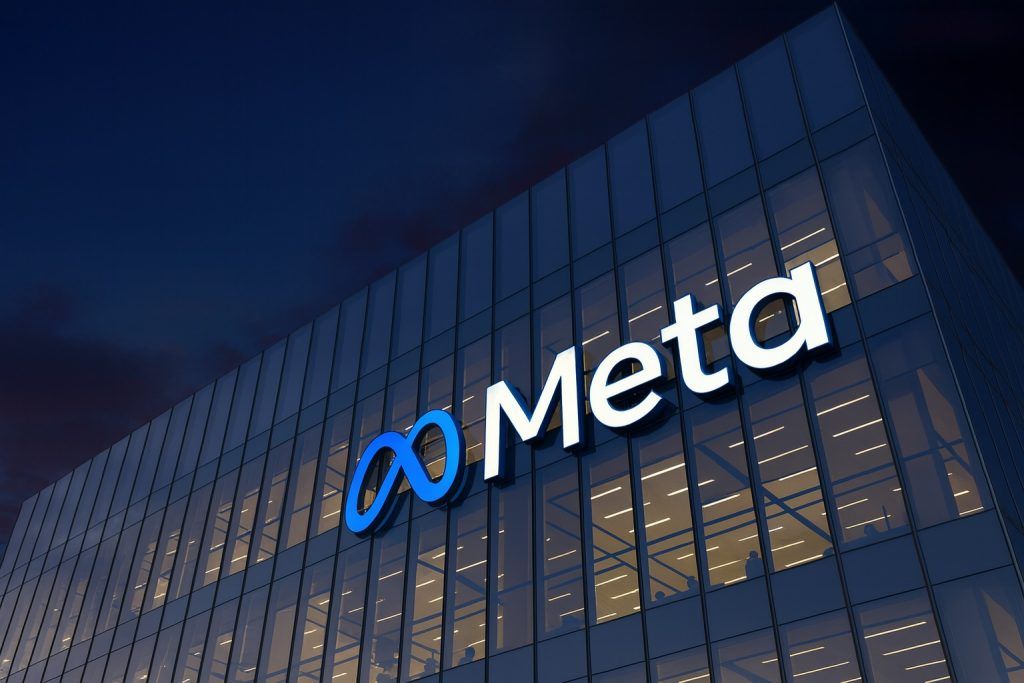Dateline: Monday, November 10, 2025 — pre‑market
Johnson & Johnson (NYSE: JNJ) starts the new week with momentum from multiple drug approvals, a firm dividend timetable, and a still‑active litigation backdrop. Here’s a concise, investor‑focused briefing on the key developments likely to guide JNJ sentiment before the U.S. market opens today.
Key takeaways
• Q3 beat and higher 2025 sales outlook; adjusted EPS guidance reaffirmed. [1]
• Two fresh FDA wins in the past few weeks: Caplyta add‑on use in depression and Darzalex Faspro for high‑risk smoldering myeloma. [2]
• Inlexzo bladder‑cancer device approval broadens 2025 product catalysts. [3]
• Dividend: $1.30 per share; record and ex‑date on November 25, payable December 9. [4]
• Litigation watch: a near‑$1 billion talc verdict in October and the first UK talc suits keep headline risk alive. [5]
• Kenvue update: Texas seeks to block a Kenvue dividend and the Kimberly‑Clark takeover adds noise—but J&J sold its remaining Kenvue stake in 2024. [6]
• Analyst tone: broadly constructive into year‑end; Reuters’ compiled mean rating sits between Hold and Buy. [7]
Why JNJ matters this morning
The investment narrative into Monday’s open is being shaped by three things: execution (earnings and guidance), innovation (new approvals and pipeline progress), and liability (talc headlines and related knock‑ons). J&J’s Q3 print showed mid‑single‑digit operational growth and a higher full‑year sales guide, reinforcing confidence that new products can offset 2025 headwinds like Stelara biosimilar erosion. [8]
Earnings snapshot and guidance (what’s priced in)
• Q3 2025 sales rose 6.8% to $24.0B; adjusted EPS was $2.80. Management raised 2025 reported sales guidance to ~$93.7B (midpoint) while reaffirming adjusted EPS guidance around $10.85 (midpoint). The read‑through: durable growth in Innovative Medicine and MedTech despite LOE pressure. [9]
• Segment color: Innovative Medicine and MedTech both posted 6.8% reported growth in Q3, aided by oncology and cardiovascular franchises. Abiomed (Impella) and the now‑integrated Shockwave unit add depth to MedTech. [10]
Fresh, market‑moving catalysts since the last close
- Neuroscience: Caplyta label expansion (depression adjunct)
On November 6, the FDA approved Caplyta (acquired with Intra‑Cellular Therapies earlier this year) as an add‑on treatment for major depressive disorder. Depression is a large patient pool, and the approval provides a new growth leg to J&J’s neuroscience franchise heading into 2026. [11] - Hematology: First approved therapy for high‑risk smoldering myeloma (Darzalex Faspro)
Also this month, the FDA cleared Darzalex Faspro as a single‑agent treatment for adults with high‑risk smoldering multiple myeloma—the first therapy approved for this setting. This earlier‑line use expands the addressable population beyond active disease and supports continued franchise leadership. [12] - Urology/Oncology device: Inlexzo approval (intravesical gemcitabine system)
In September, the FDA approved Inlexzo (the intravesical gemcitabine system, formerly TAR‑200) for BCG‑unresponsive high‑risk non‑muscle invasive bladder cancer. Beyond revenue contribution, the device‑drug platform is strategically relevant as J&J diversifies modalities in oncology. [13]
Pipeline and conference watch (near‑term visibility)
• American Society of Hematology (ASH 2025): J&J said it will showcase more than 60 abstracts across multiple myeloma, lymphoma and leukemia. Expect heavy attention on the Darzalex ecosystem and CAR‑T readouts into December. [14]
• Lung cancer: Rybrevant + Lazcluze (amivantamab + lazertinib) continues to solidify its early‑line EGFR‑mutated NSCLC position after showing survival advantages over osimertinib in MARIPOSA analyses—an important, durable growth pillar in oncology. [15]
• Investor relations calendar: J&J will present at Citi’s Global Healthcare Conference on Dec. 3, which can bring updated color on 2026 setup, capital allocation and integration synergies. [16]
Dividends and shareholder returns
The Board declared a Q4 2025 dividend of $1.30 per share, with a record date and ex‑dividend date of November 25 and payment on December 9. Income investors tracking Google Discover should note the precise dates given heightened distribution interest into year‑end. [17]
MedTech expansion: Shockwave now inside the tent
J&J completed the Shockwave Medical acquisition in 2024, strengthening its cardiovascular toolkit with intravascular lithotripsy in both coronary and peripheral disease. Together with Abiomed, this positions the MedTech arm in faster‑growing categories with notable synergies in commercial reach and innovation cadence. [18]
Legal overhang: what’s changed—and what hasn’t
• U.S. talc litigation: On October 7, a Los Angeles jury awarded a $966 million verdict (including $950 million punitive) in a mesothelioma case. J&J has said it will appeal and continues to dispute causation. This remains a headline‑risk variable for multiples, even as individual outcomes vary and some awards are reduced on appeal. [19]
• UK exposure: The first British lawsuits alleging talc‑related cancers were filed in October, underscoring the global dimension of claims risk. Near‑term cash impact is uncertain, but it keeps the narrative active internationally. [20]
Kenvue noise isn’t a balance‑sheet risk for J&J
Two related items are likely to appear in your feed today: (1) Texas is seeking to block a nearly $400 million Kenvue dividend amid a Tylenol‑in‑pregnancy lawsuit naming Kenvue and J&J, and (2) Kimberly‑Clark’s agreement to acquire Kenvue for roughly $49 billion. Important context: J&J sold its remaining 9.5% stake in Kenvue back in May 2024, so it no longer has economic exposure to Kenvue’s equity, even if it is still named in certain complaints. [21]
Biosimilar pressure: Stelara erosion was expected—and is being backfilled
Stelara (ustekinumab) biosimilars entered the U.S. market in waves during 2025, weighing on the legacy immunology franchise. J&J has flagged the headwind for over a year, and the portfolio response—Tremfya expansion in IBD, plus the pending icotrokinra filing—has been central to its mitigation strategy. [22]
Analyst snapshot and sentiment into year‑end
Reuters’ compiled data show a mean rating near “Moderate Buy,” reflecting cautious optimism as new launches (Caplyta add‑on, Darzalex Faspro HR‑SMM, Inlexzo) ramp. Many investors will listen for 2026 guardrails at December conferences, including updates on pricing/mix in immunology and the cadence of neurology contributions. [23]
What to watch before the bell (Nov 10, 2025)
- Follow‑through on Caplyta and Darzalex headlines: Early pre‑market commentary often reacts to label‑expansion TAM math; watch for sell‑side model revisions over the week. [24]
- Any new talc docket movements: After the October verdict, any appellate or settlement signals can sway sentiment even absent cash outlays. [25]
- ASH 2025 preview notes: Street check‑ins ahead of December could surface incremental expectations for hematology assets and CAR‑T safety/labeling dynamics (e.g., October’s Carvykti boxed‑warning update). [26]
- Dividend‑capture positioning into Nov 25: Income‑oriented flows sometimes add near ex‑dates; that can support shares in quiet tapes. [27]
Bottom line
Into Monday’s open (November 10, 2025), JNJ screens as a quality large‑cap healthcare name balancing steady core execution with visible near‑term catalysts—and an ongoing legal overhang that can still inject volatility. The past month delivered three meaningful positives (Caplyta MDD add‑on, Darzalex Faspro in HR‑SMM, and the Inlexzo approval), a supportive dividend timetable, and clarity that Kenvue deal headlines are unlikely to alter J&J’s own capital structure. For investors, the setup is: watch hematology and neuroscience ramp, monitor talc litigation optics, and listen for 2026 color at early‑December conferences. [28]
Disclosures/notes
This article is for information purposes only and is not financial advice. Dates are stated explicitly (e.g., Monday, November 10, 2025) to avoid ambiguity. All company guidance, approvals and legal updates cited above are from primary company releases or reputable outlets as linked.
References
1. www.jnj.com, 2. www.reuters.com, 3. www.fda.gov, 4. www.jnj.com, 5. www.reuters.com, 6. www.reuters.com, 7. www.reuters.com, 8. www.jnj.com, 9. s203.q4cdn.com, 10. s203.q4cdn.com, 11. www.reuters.com, 12. www.fda.gov, 13. www.fda.gov, 14. www.jnj.com, 15. www.jnj.com, 16. www.jnj.com, 17. www.jnj.com, 18. www.jnj.com, 19. www.reuters.com, 20. www.reuters.com, 21. www.reuters.com, 22. www.centerforbiosimilars.com, 23. www.reuters.com, 24. www.reuters.com, 25. www.reuters.com, 26. www.reuters.com, 27. www.jnj.com, 28. www.reuters.com







